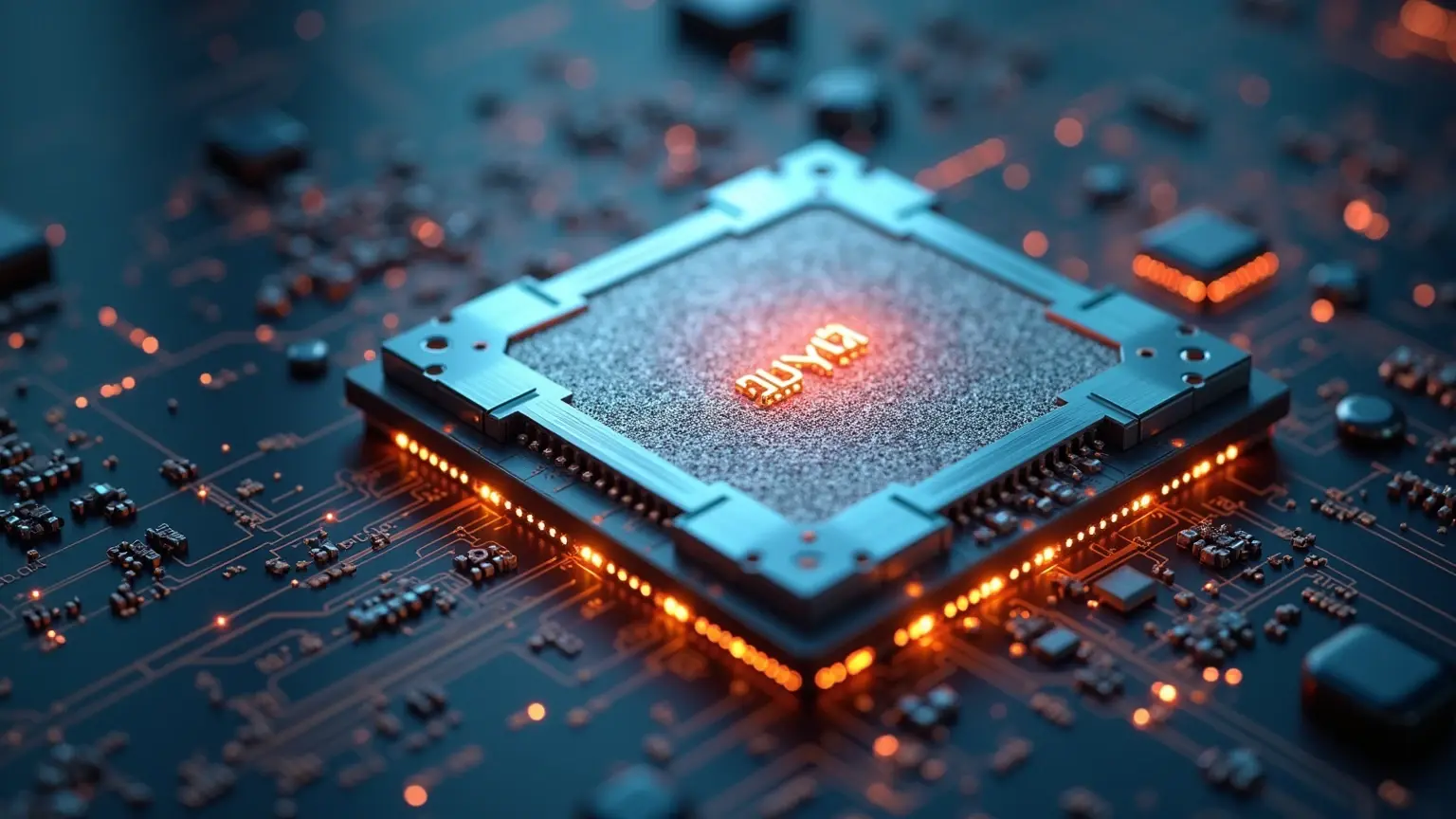A team of scientists at the University of Minnesota has developed a novel alloy—Ni4W—that could revolutionize the electronics industry by offering energy efficiency, high speed, and environmental sustainability in next-generation devices.
What Is Ni4W—and Why It Matters
Ni4W is a nickel–tungsten alloy that combines four parts nickel with one part tungsten. The material stands out for its exceptional conductivity, resistance to corrosion, and thermal stability—all of which are crucial for high-performance electronics. Most notably, it is a promising alternative to more expensive or less sustainable materials like gold or rare earth elements used in current circuitry.
Opinion
The innovation behind Ni4W represents a critical shift in materials science—one that prioritizes both performance and planet. As demands on computing power and environmental responsibility intensify, breakthroughs like this are no longer optional—they’re essential.
From Lab to Green Tech: The Bigger Picture
Ni4W not only matches but outperforms some traditional materials in speed and efficiency tests. Its relatively low environmental footprint and abundance of base materials make it especially attractive for sustainable manufacturing. The alloy could soon be integrated into chips, interconnects, and power modules across computing, telecommunications, and consumer electronics industries.
Trend Analysis
The search for sustainable electronics materials has gained urgency amid geopolitical tensions over rare earth supplies and rising energy costs. Ni4W joins a growing class of 'eco-alloys' that could redefine how devices are built and recycled.
Challenges and Commercial Potential
While early results are promising, scaling up production and integrating Ni4W into existing semiconductor manufacturing pipelines will take time. Researchers are now collaborating with industry partners to explore real-world applications and assess long-term durability and compatibility. With interest from major electronics firms already mounting, Ni4W could be market-ready within the next five years.
Spoiler
Don’t be surprised if your next smartphone or EV relies on Ni4W-based components without you even knowing—it’s built to be invisible but indispensable.
Conclusion
Ni4W isn't just another alloy—it's a signal that the future of electronics must be smarter, cleaner, and faster. With scientific innovation leading the way, materials like Ni4W are poised to shape the circuitry of tomorrow.
Frequently Asked Questions
- What is the Ni4W alloy used for?
- Ni4W is a high-performance nickel–tungsten alloy developed for use in energy-efficient electronics, including semiconductors, chips, and interconnects.
- Why is Ni4W considered sustainable?
- It uses abundant and less environmentally damaging materials compared to traditional electronic metals, offering a greener alternative without sacrificing performance.





Expert Comment